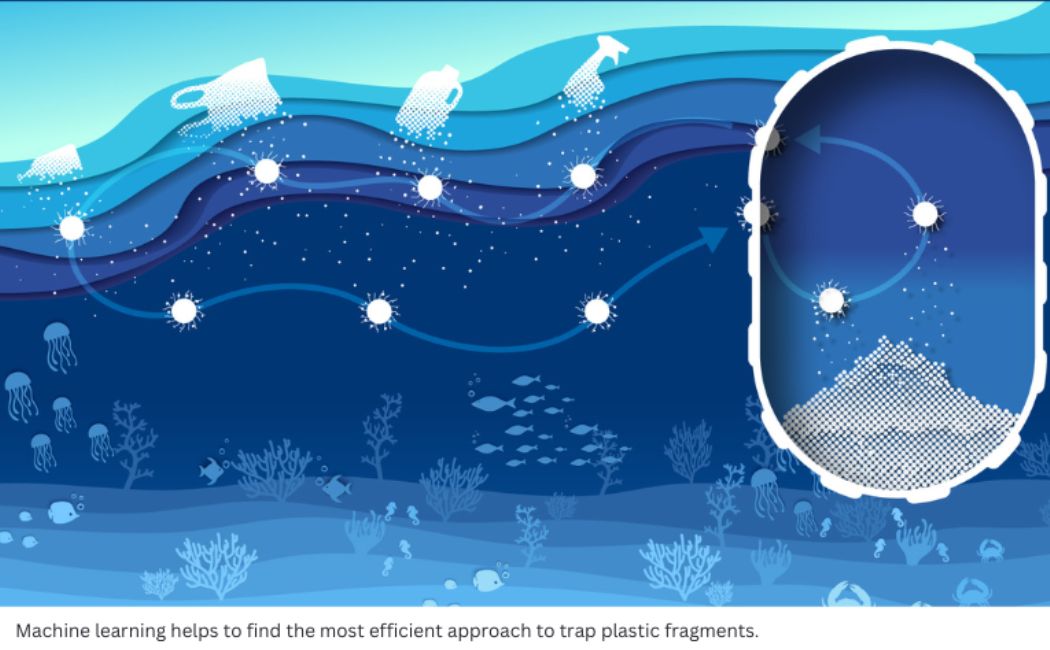

LATEST
NEWS

29 May, 2025
To tackle the growing ecological threat of microplastics, magnetic nanoparticles have been created that can remove plastic fragments from water. Researchers used machine learning to identify the ideal removal conditions for particular microplastics, a strategy that may help to optimize other clean-up methods.
Microplastics are scraps of waste plastic, typically 1 micrometer to 1 millimeter in size, which are now ubiquitous in the environment. The particles adsorb toxic metals and organic pollutants. They are easily ingested by aquatic life, and once microplastics and their toxic payloads are in the food chain, they can accumulate in other species, including humans.
Methods to remove microplastics from wastewater face various drawbacks. Using light to destroy microplastics is effective but expensive and energy-intensive. Certain microbes can break down microplastics, but this generates other molecules that may themselves be toxic.
Magnetic nanoparticles offer a simple, low-cost and environmentally friendly solution. But these nanoparticles are prone to oxidation and may clump together in water, reducing their effectiveness, explains Rifan Hardian of KAUST’s Physical Science and Engineering Division.
A collaboration between KAUST and University Malaysia Terengganu has now developed magnetic nanoparticles that overcome these problems and remove not only microplastics but also the organic pollutants they carry.
Read more at KAUST Discovery.